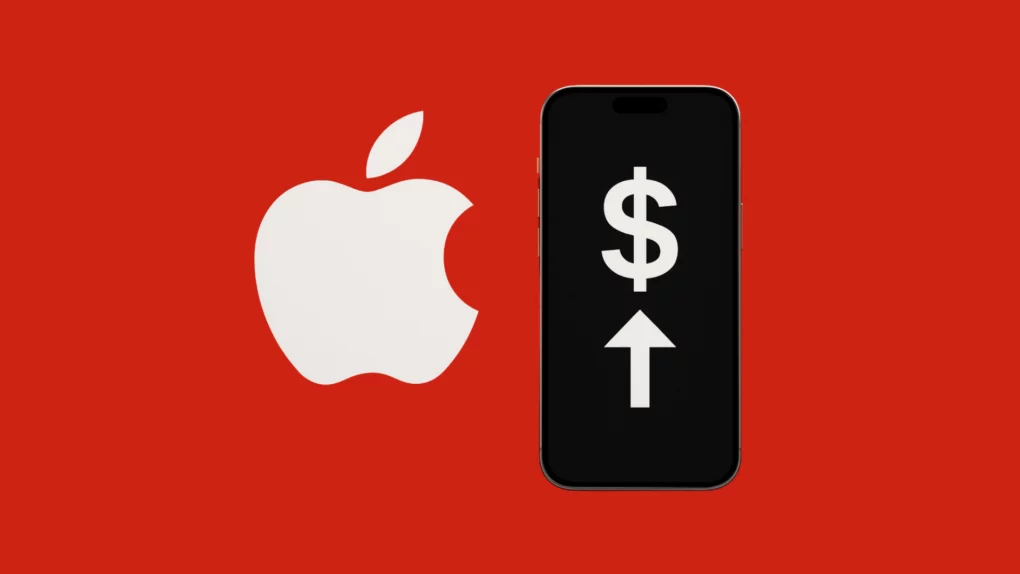
Graphics: Rajesh Pandey/CultOfMac
Tariffs may force Apple to increase the prices of the iPhone 17 family lineup this year. The company will reportedly highlight the new design and features to justify the price increase.
Without raising prices, Apple can’t offset the increased tariffs on Chinese-imported products sold in the U.S.
Blame tariffs if iPhone 17 gets a price bump
Due to the ongoing tariff war between the U.S. and China, Apple plans to move production of all iPhones sold in the U.S. market to India by 2026. This is a two-year-long process. Until then, Apple will still pay tariffs on iPhones imported from China to the U.S.
Earlier today, on Monday, May 12, in a joint statement, the two countries suspended the absurd 115% + tariffs on products imported from each other for the next 90 days. While that’s a relief, the Trump administration’s 20% tariff implemented in March this year remains in place.
According to The Wall Street Journal, Apple may raise the prices of the iPhone 17 lineup to offset higher tariffs. Its supply chain alone cannot absorb the extra cost. And selling the new iPhones at their existing prices could lead to a significant hit to its profit margin.
Plus, the company cannot publicly blame the price increase on the tariff, as that will anger the Trump administration. So, Apple will supposedly use the iPhone 17’s design improvements and new features to justify its higher price.
Apple needs time to scale its manufacturing in India
Despite Apple’s focus on expanding production in India, it cannot build complex products on a large scale in the country due to the lack of technical expertise.
In 2024, Apple started assembling iPhone 16 Pro in India within days of its global launch. This year, the iPhone 17 Air and iPhone 17 Pro lineup will purportedly pack bigger changes. And Apple’s factories in India might be unable to mass produce enough units to meet the initial demand.
Nothing is final for now, though. With a few months left for the iPhone 17’s launch, Tim Cook may secure a tariff exemption from the U.S. government by then.







